
漢德百科全書 | 汉德百科全书
 Republic of Korea
Republic of Korea
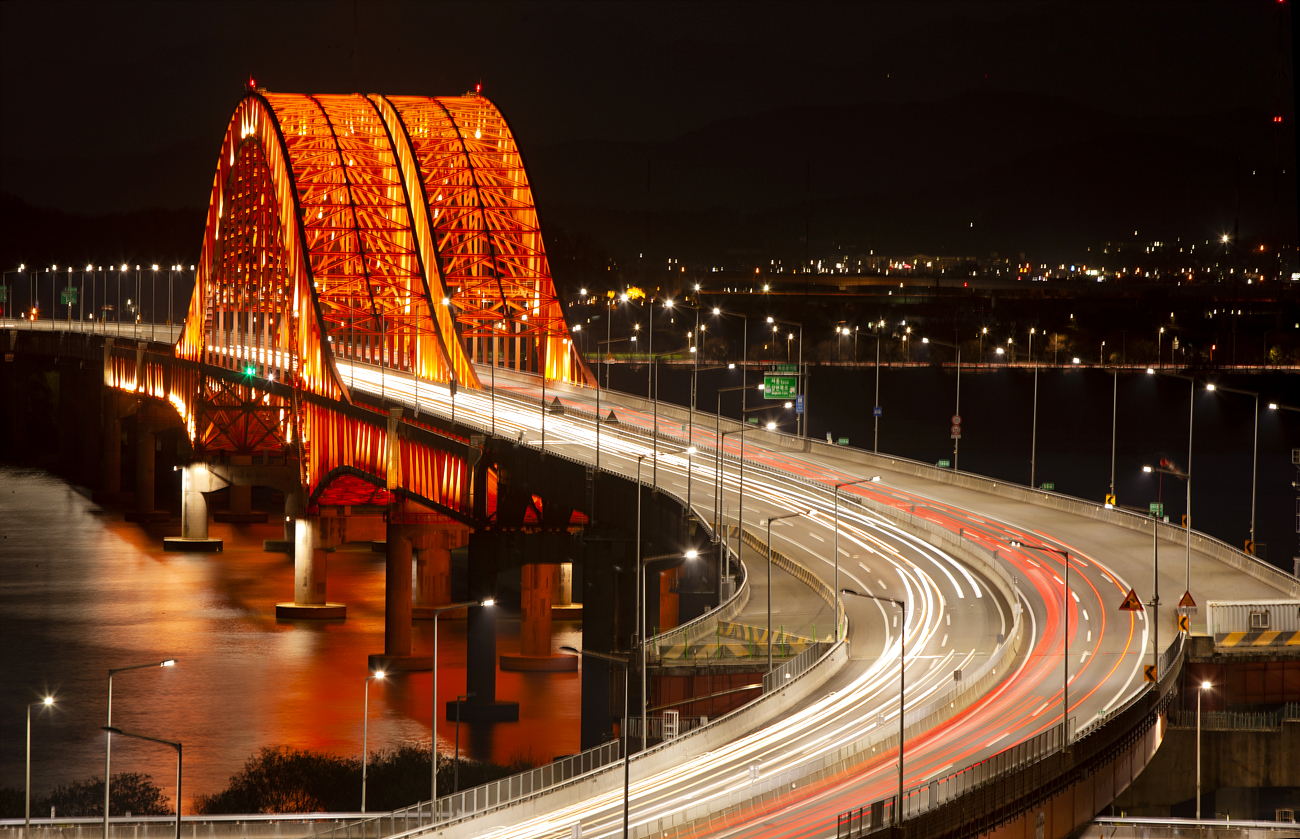
 Australia
Australia
 Bangladesh
Bangladesh
 Brunei Darussalam
Brunei Darussalam
 China
China
 Hainan Sheng-HI
Hainan Sheng-HI

 Hand in Hand
Hand in Hand
 India
India
 Indonesia
Indonesia
 Iran
Iran
 Israel
Israel
 Japan
Japan
 Cambodia
Cambodia
 Kasachstan
Kasachstan
 Kyrgyzstan
Kyrgyzstan
 Laos
Laos
 Malaysia
Malaysia
 Malediven
Malediven

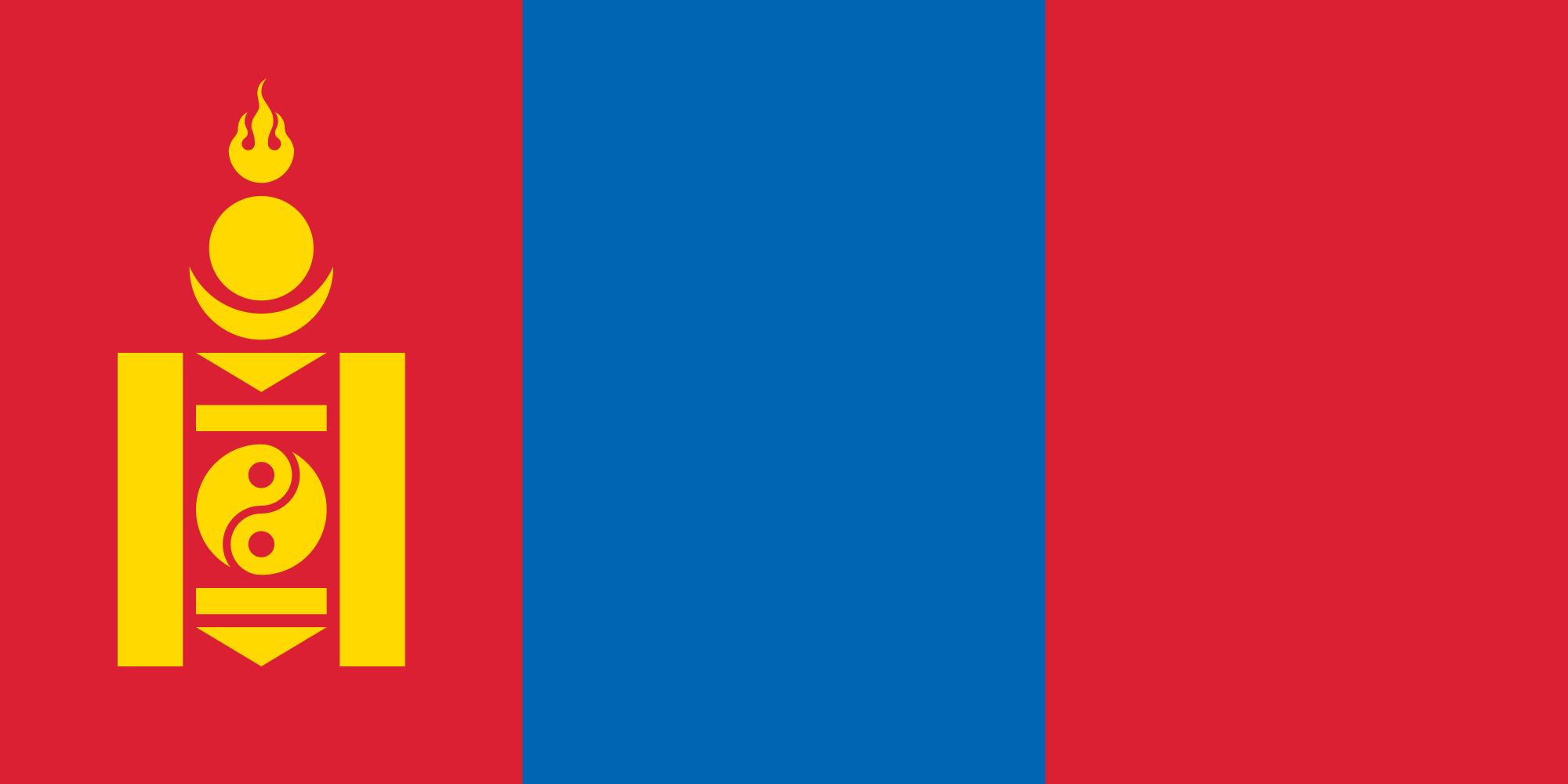 Mongolei
Mongolei
 Myanmar
Myanmar
 Myanmar
Myanmar
 Nepal
Nepal
 New Zealand
New Zealand
 Pakistan
Pakistan

 Party and government
Party and government
 Philippines
Philippines
 Republic of Korea
Republic of Korea
 Singapore
Singapore
 Sri Lanka
Sri Lanka
 Tajikistan
Tajikistan
 Thailand
Thailand
 Turkmenistan
Turkmenistan
 Uzbekistan
Uzbekistan
 Vietnam
Vietnam

ボアオ・アジア・フォーラム(博鰲アジアフォーラム、Boao Forum for Asia、略称BFA、中国語:博鳌亚洲论坛、ピンイン:Bóáo Yàzhōu Lùntán)は、中華人民共和国に本拠を置く国際非営利組織。
スイスのダボスで開催されている世界の政治家・財界人・知識人が集まる国際会議(ダボス会議)を主催する世界経済フォーラムにならい、そのアジア版を目指して、中国政府の全面的支援を受けて構想された。2001年2月27日の設立にはアジアの25カ国とオーストラリアの計26カ国が参加している。
ボアオ・アジア・フォーラム主催の最初の国際会議は2002年4月12日・4月13日に開催され、日本からは小泉純一郎内閣総理大臣が出席して演説を行った[1]。国際会議の会場は、2001年の発足会議以来、中国・海南省の海浜リゾート地・ボアオ(博鰲、海南島東海岸の瓊海市)に固定されている。会議は毎年行われ、各国首脳や大企業経営者、学者、NGO代表など政府・民間のハイレベルの人材が集い、アジアや世界の経済動向、金融政策、経済統合、経済投資、国際協力、社会問題、環境問題などに関する討議が行われる。また多くの経済人や政治家、社会運動家らが直接話し合い、国家間協力や企業提携などのトップ会談が持たれる。
過去の議題には中国の世界貿易機関(WTO)への加入問題、90年代後半のアジア金融危機問題などが取り上げられ、2004年には中国の地政学的な「和平崛起」(平和的台頭)戦略の可否が議題となった。
The Boao Forum for Asia (BFA; Chinese: 博鳌亚洲论坛; pinyin: Bó'áo Yàzhōu Lùntán) is a non-profit organisation that hosts high-level forums for leaders from government, business and academia in Asia and other continents to share their vision on the most pressing issues in this dynamic region and the world at large. BFA is modelled on the World Economic Forum held annually in Davos, Switzerland. Its fixed address is in Bo'ao, Hainan province, China, although the Secretariat is based in Beijing. The forum, sometimes known as the “Asian Davos”, takes its name from the town of Boao, located in China’s southern Hainan province, which has been the permanent venue for its annual conference since 2002.[1]
The Forum is committed to promoting regional economic integration and bringing Asian countries even closer to their development goals. Initiated in 1998 by Fidel V. Ramos, former President of the Philippines, Bob Hawke, former Prime Minister of Australia, and Morihiro Hosokawa, former Prime Minister of Japan, the Boao Forum for Asia was formally inaugurated in February 2001. The founding of the BFA was driven by the People's Republic of China and founded by 26 Asian and Australasian states on 27 February 2001. The organisation held its first meeting from 12–13 April 2002.
Discussions at the BFA focus on economics, integration, cooperation, society and the environment. In the past the forum also addressed China's entry into the World Trade Organization, as well as Southeast Asia's economic crisis during the 1990s. The geopolitical strategy 'China's peaceful rise' was a topic of discussion for the forum in 2004. In addition to its annual meeting, the BFA also sponsors other forums and meetings related to Asian issues.
El Foro de Boao para Asia (en chino: 博鳌亚洲论坛, pinyin: Bó'áo Yàzhōu Lùntán), conocida también por sus siglas en inglés BFA, es una organización no lucrativa que organiza foros de alto nivel para líderes del gobierno, los negocios y la academia en Asia y otros continentes para compartir su visión sobre los asuntos más apremiantes en esta región y en el mundo entero. El Foro Boao es el modelo del Foro Económico Mundial que se celebra anualmente en Davos, Suiza. Tiene su sede en Bo'ao, Hainan, China, aunque la Secretaría se encuentra en Pekín.
El Foro tiene como objetivos promover la integración económica regional y acercar a los países asiáticos hacia sus metas de desarrollo.1 Fue creado en 1998 por Fidel V. Ramos, expresidente de Filipinas, Bob Hawke, ex primer ministro de Autralia y Morihiro Hosokawa, ex primer ministro de Japón.2 El Foro de Boao para Asia fue formalmente inaugurado en febrero de 2001. La creación del foro fue liderado por la República Popular de China y fundada por 26 países de Asia y Australasia el 27 de febrero de 2001. La organización tuvo su primera reunión el 12 y 13 de abril de 2002.
Las discusiones del Foro Boao se centran en economía, cooperación, sociedad y medio ambiente. En e pasado el foro también abordaba el ingreso de China en la Organización Mundial del Comercio, así como la crisis financiera asiática de los años noventa. Además de su reunión anual, el foro también patrocina otros foros y reuniones relacionados con temas asiáticos.
Боаоский Азиатский Форум, БАФ (кит: 博鳌亚洲论坛; пиньинь: Bó'áo Yàzhōu Lùntán, англ: Boao Forum for Asia, аббр: BFA), также известен как «Восточный Давос» — неправительственная и некоммерческая международная организация, имеющая своей целью поддержку и развитие экономического обмена, взаимодействия и сотрудничества как в Азии, так и за её пределами путём проведения ежегодных встреч высокого уровня с участием представителей правительственных, деловых, промышленных и научных кругов и обсуждения актуальных экономических, социальных, экологических и др. проблем.
Учреждён в 2001 году. Ежегодные конференции в Боао проводятся с 2002 года.
Главный офис организации находится в г. Боао, пров. Хайнань, КНР.
В 2018 году Боаоский азиатский форум /БАФ/ пройдет 8-11 апреля. Главными темами мероприятия станут реформы, открытость, инновации и "Пояс и путь"[1].

Der Changdeokgung (Palast der glänzenden Tugend) ist einer von fünf noch erhaltenen Königspalästen aus der Joseon-Dynastie in Südkoreas Hauptstadt Seoul.
Der Changdeokgung wurde zwischen 1405 und 1412 als zweiter Palast neben dem Gyeongbokgung (Palast des glänzenden Glücks), der eigentlichen Hauptresidenz der Joseon-Dynastie, von dem König "Taejong" errichtet. Da er östlich des Gyeongbokgung liegt, wurde der Changdeokgung auch Dongwol (Ostpalast) genannt. Bis er 1592 in der Hideyoshi-Invasion von kriegerischen Japanern in Brand gesetzt und 19 Jahre später vom 15. König Kwan Naegum erstmals wieder errichtet wurde. Nach der Wiedererrichtung diente er im Jahre 1872 als königliche Residenz und Sitz der Regierung. Ab 1907 lebte im Changdeokgung Koreas letzter König, König Sunjong. Auch nach seinem Rücktritt 1910 und seinem Tod 1926 lebten hier die letzten Mitglieder der königlichen Familie bis 1989. Bis zur Amtszeit des vorletzten Königs sollten 13 Herrscher im Palast wohnhaft gewesen sein.
Zwischen 1910 und 1945, als Korea eine Provinz Japans war, galt die Japanische Sprache als Nationalsprache. Die Hanja bzw. Kanji des Palastnamens (jap. 昌徳宮) wurden daher japanisch ausgesprochen, und er hieß in dieser Zeit Shōtokyū.
昌德宫(韩语:창덕궁)位于韩国首尔市钟路区,由朝鲜王朝(1392年–1897年)一众国王所建,是“朝鲜五大宫殿”之一。1997年被联合国教科文组织登入为世界文化遗产。[1] 位处景福宫东面,作为其之外的离宫建筑。导致昌德宫与昌庆宫—得到“东阙”的称号 (동궐)。昌德宫是最受许多朝鲜王子欢迎的宫殿,并保留了许多未被纳入到景福宫建筑的朝鲜三国时代时期的元素。事实是,昌德宫的建筑物是与周遭的自然地形混合而不是强行混合。
昌徳宮 (しょうとくきゅう、朝鮮語読み チャンドックン)は韓国ソウル特別市に所在する李氏朝鮮の宮殿。
正宮である景福宮に対する離宮[1]として創建された。現在の韓国国内の宮殿の内、最も創建時の面影を残している宮殿であり、日本の梨本宮家から嫁ぎ、大韓帝国最後の皇太子李垠の妃となった李方子(まさこ)もこの宮殿で暮らした。
正門にあたる敦化門は大韓民国最古の門といわれる。また、敦化門をくぐった先にある錦川橋は大韓民国最古の橋とされる。儀式の執り行われた正殿の仁政殿、国王が執務をしていた宣政殿、王と王妃の寝殿だった大造殿など13棟の木造建築が現存している。宮殿の北に広がる李朝時代の王朝庭園である後苑は秘苑とも呼ばれ、園内には多くのあずまやや人工池などがあり、韓国造園技術の極致といわれる。現在のものは1623年に再建された景観である。
Changdeokgung (Hangul, 창덕궁, 昌德宮; literally, "Prospering Virtue Palace"), also known as Changdeokgung Palace or Changdeok Palace, is set within a large park in Jongno-gu, Seoul, South Korea. It is one of the "Five Grand Palaces" built by the kings of the Joseon Dynasty (1392–1897).[1] As it is located east of Gyeongbok Palace, Changdeokgung—along with Changgyeonggung—is also referred to as the "East Palace" (동궐, 東闕, Donggwol).
Changdeokgung was the most favored palace of many Joseon princes and retained many elements dating from the Three Kingdoms of Korea period that were not incorporated in the more contemporary Gyeongbokgung. One such element is the fact that the buildings of Changdeokgung blend with the natural topography of the site instead of imposing themselves upon it. It, like the other Five Grand Palaces in Seoul, was heavily damaged during the Japanese occupation of Korea (1910–1945). Currently, only about 30% of the pre-Japanese structures of the East Palace Complex (Changdeokgung together with Changgyeonggung) survive.[2]
Changdeokgung ou Palais de la Prospérité (en hangeul 창덕궁) est un palais situé à Séoul en Corée du Sud. C'est l'un des cinq grands palais construits par les rois de la dynastie Joseon. Se trouvant à l'est du Palais de Gyeongbokgung, Changdeokgung est souvent appelé Palais de l'Est.
Changdeokgung était le palais favori de nombreux rois de la dynastie Joseon. Il présente de nombreuses caractéristiques[Quoi ?] spécifiques du Trois Royaumes de Corée, qui n'apparaissent plus dans l'architecture plus formaliste du Gyeongbokgung. Par exemple, les bâtiments de Changdeokung se confondent avec la topographie du site au lieu de s'imposer sur la nature.
Changdeokgung (in coreano: 창덕궁 in hangŭl, 昌德宮 in hanja, letteralmente il palazzo della prospera virtù) è un palazzo che si trova all'interno di un parco di Seul, in Corea del Sud. Si tratta di uno dei Cinque grandi palazzi costruiti dai sovrani della Dinastia Chosun; a causa della sua posizione a est del palazzo Gyeongbokgung spesso è chiamato semplicemente palazzo orientale.
Changdeokgung era il palazzo favorito di molti sovrani coreani del Medioevo e mantiene molti dei caratteri tipici dello stile coreano del periodo dei tre regni, come per esempio il fatto che si armonizza nell'ambiente circostante invece di imporvisi.
Changdeokgung (hangul: 창덕궁, hanja: 昌德宮, romanización revisada: Changdeokgung, McCune-Reischauer: Ch'angdŏkkung)? es un conjunto de palacios dentro de un gran parque en Seúl, Corea del Sur. Es uno de los grandes palacios construidos por la Dinastía Chosŏn y, por causa de su localización al este del Palacio de Gyeongbok es muchas veces llamado Palacio del Este.
Ch'angdokkgung era el palacio preferido de muchos reyes de la dinastía de Chosŏn y tiene muchos elementos coreanos datados del período de los Tres Reinos de Corea que no fueron incorparados en el más formal Gyeongbokgung.
Чхандоккун (кор. 창덕궁?, 昌德宮? Дворец Чхандок или Дворец Процветающей Добродетели) — дворцовый комплекс внутри большого парка в Сеуле, Южная Корея. Является одним из «Пяти Больших Дворцов», построенных ванами династии Чосон.
Сооружение дворца началось в 1405 году и было закончено в 1412 году после постройки главных ворот Тонхвамун. Ван Седжо расширил территорию комплекса на 500 тыс. квадратных метров. Дворец был полностью разрушен во время японских нашествий 1592-1598 гг. и восстановлен в 1609 году ваном Сонджо и ваном Кванхэгуном. В следующий раз дворец сгорел в 1623 году после одного из восстаний против Кванхэгуна. Чхандоккун был местом жительства королевского двора и правительства страны до 1872 года, пока не был восстановлен дворец Кёнбоккун. Последний монарх Кореи — император Сунджон жил там до своей смерти в 1926 году.



Die Koreastraße (selten auch Straße von Korea oder Tsushimastraße genannt) ist eine Meeresdurchfahrt zwischen dem Ostchinesischen Meer im Südwesten und dem Japanischen Meer im Nordosten. Im Norden ist die Koreastraße durch die Koreanische Halbinsel begrenzt, im Süden durch die japanischen Inseln Kyūshū und Honshū.
Die Durchfahrt hat eine Tiefe von etwa 90 Meter und ist von den Tsushima-Inseln geteilt.








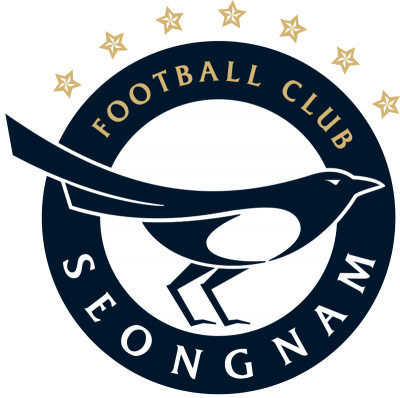
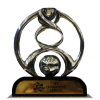








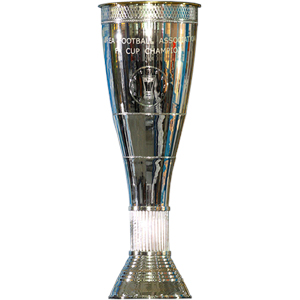


 Architecture
Architecture

 History
History
 World Heritage
World Heritage
 Geography
Geography
 Eat and Drink
Eat and Drink
 Dances
Dances
 Medical, Pharmaceutical, Rehabilitation
Medical, Pharmaceutical, Rehabilitation
 Sport
Sport